Communication Tools
Learning opportunities designed to help you address public health issues, build public confidence, and identify and counter misinformation.

Topics Filter
-
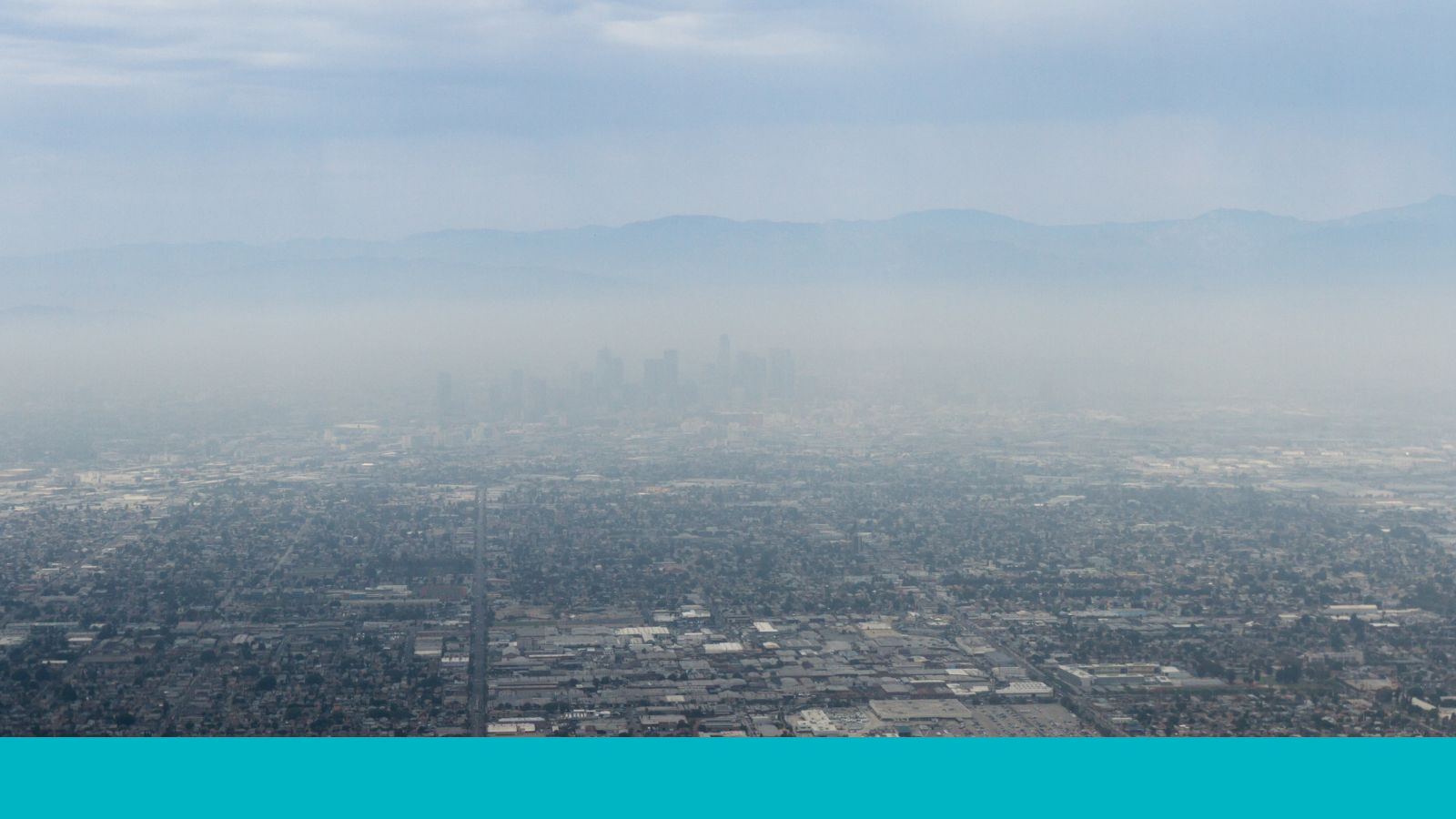
Understanding Air Quality
-

Communicating with H.E.A.R.T. in Public Health 2.0
-
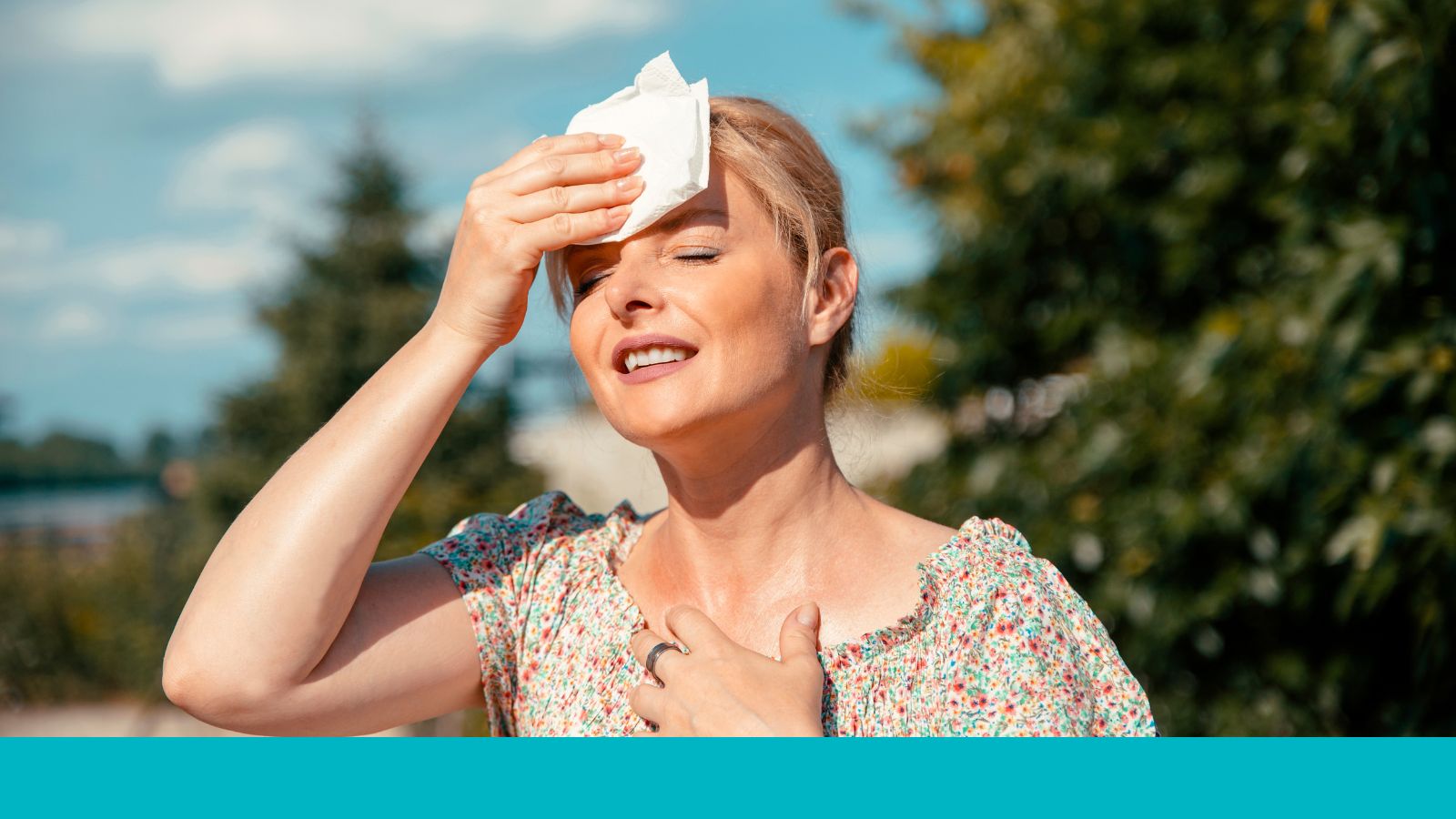
Beat the Heat: Staying Safe in Extreme Conditions
-
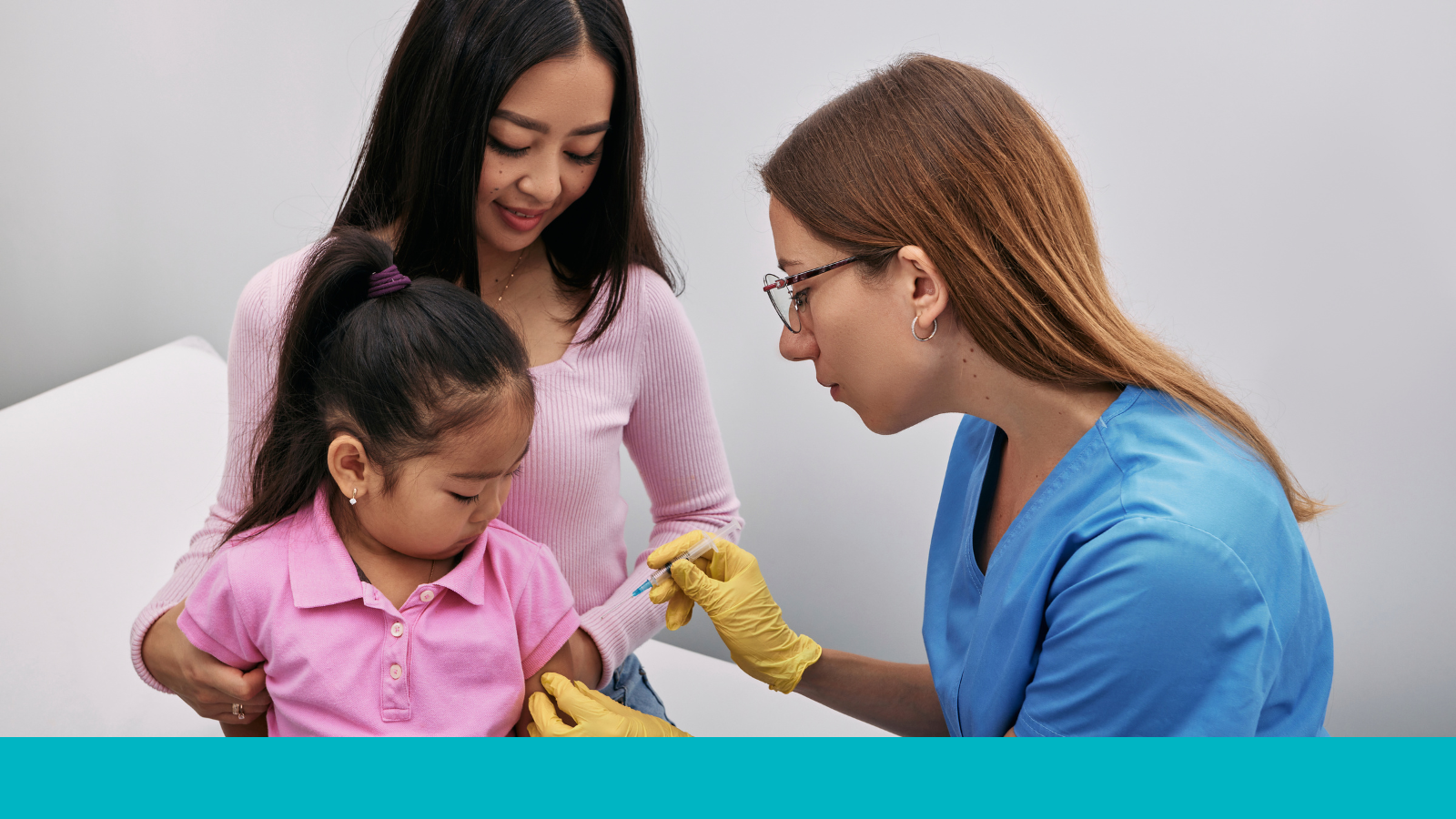
Communicating About the 2025 Measles Outbreak
-
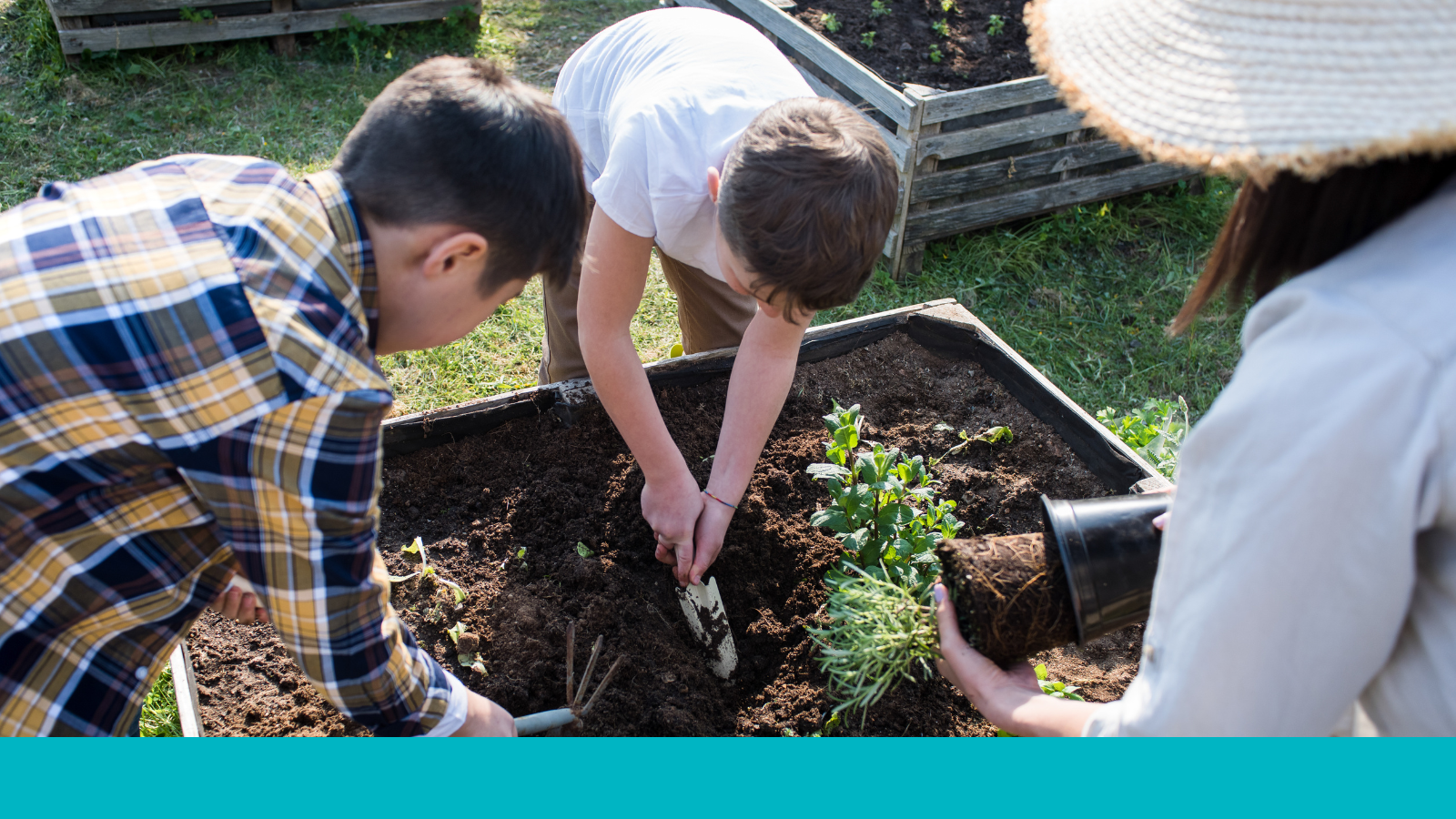
Planetary Health is Public Health
-
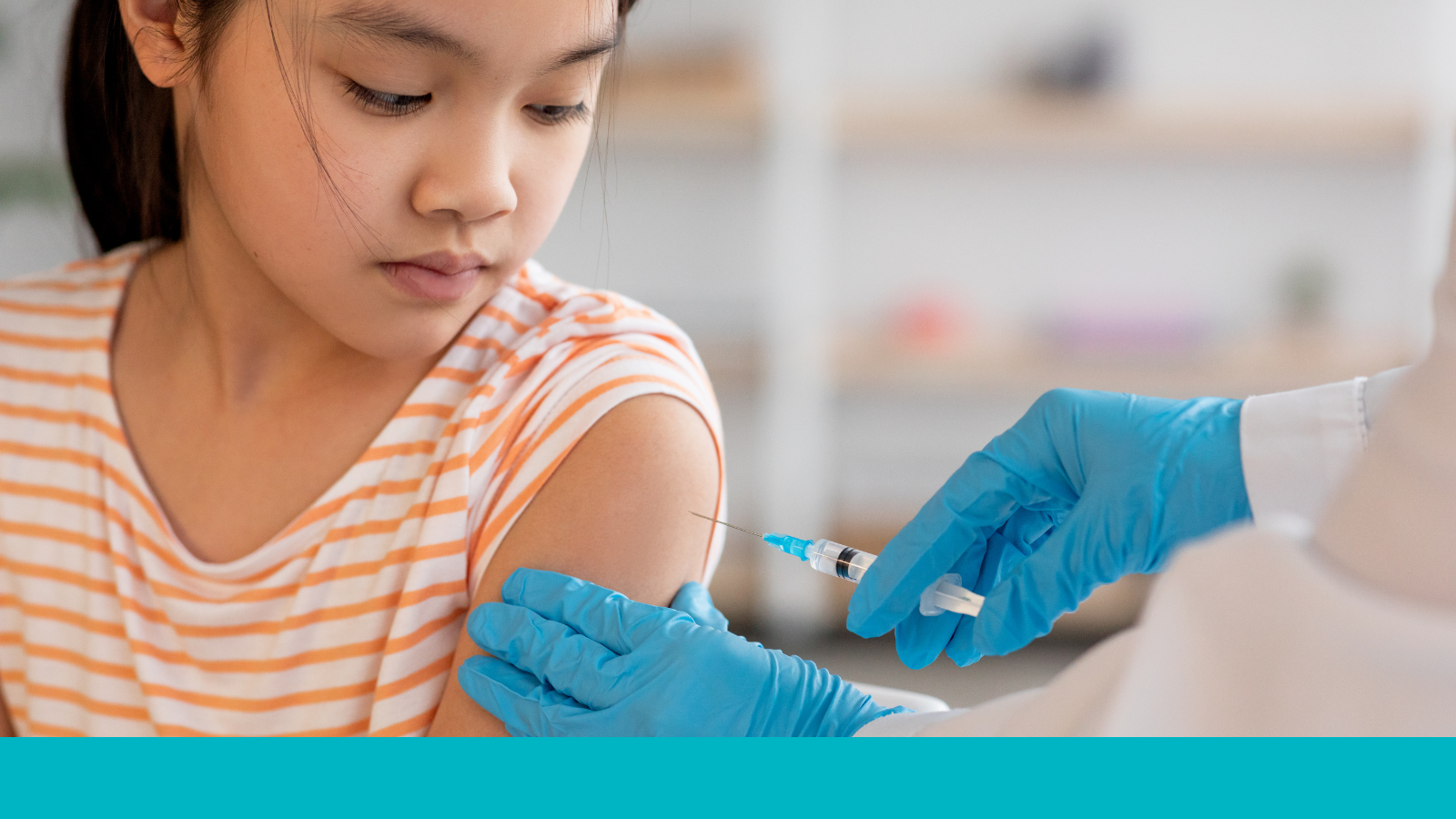
Vaccines Do Not Cause Autism
-
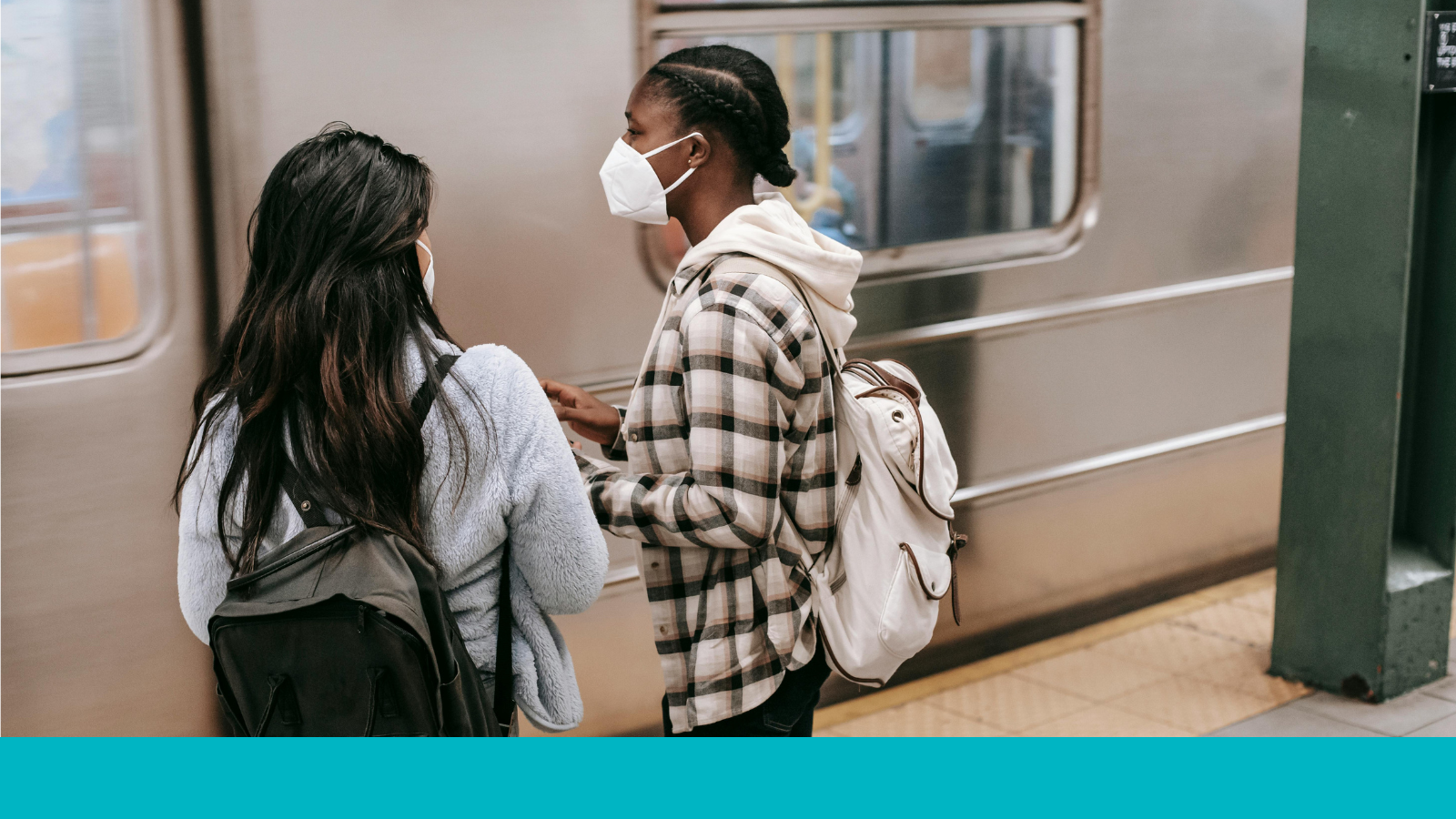
Still Here: Communicating about Long COVID
-

Evaluating Credibility in Social Media Posts
-

Communicating Effectively About Mental Health
-

Celebrating National Public Health Week 2025
-

A Quick Guide to Public Health Misinformation
-

Communications Planning: The Layers of Strategy
-

Communicating About the Importance of Pediatric Vaccines
-

How to Build Cross-Sector Partnerships that Improve Public Health
-

The Public Health Communicators Guide to Misinformation
-

Developing Safe and Effective Vaccines